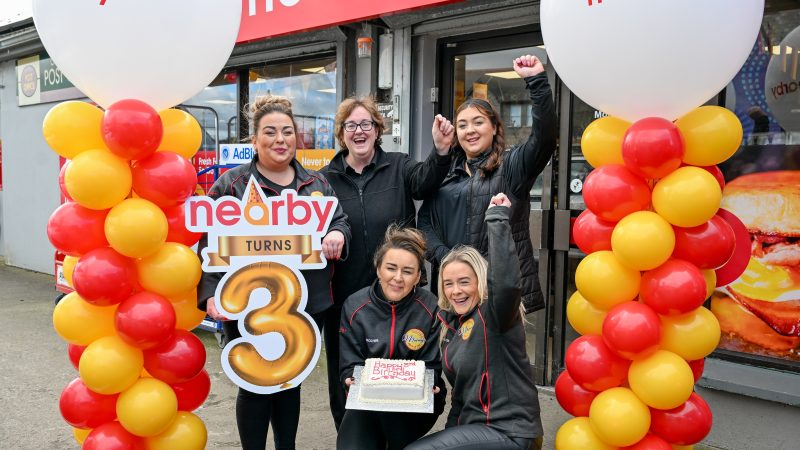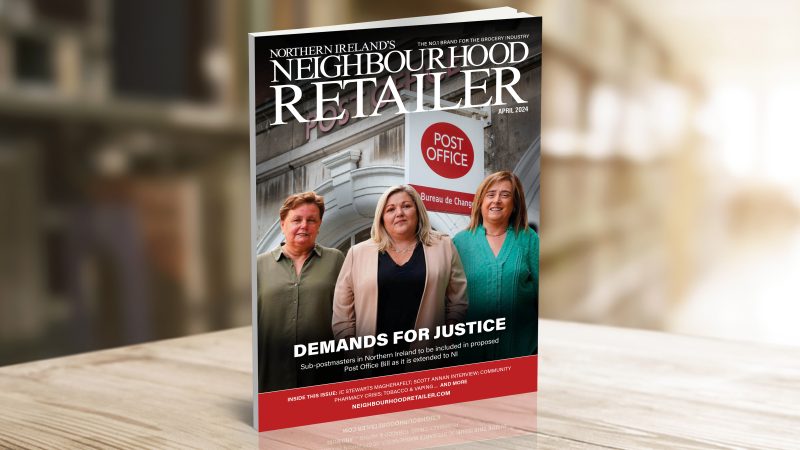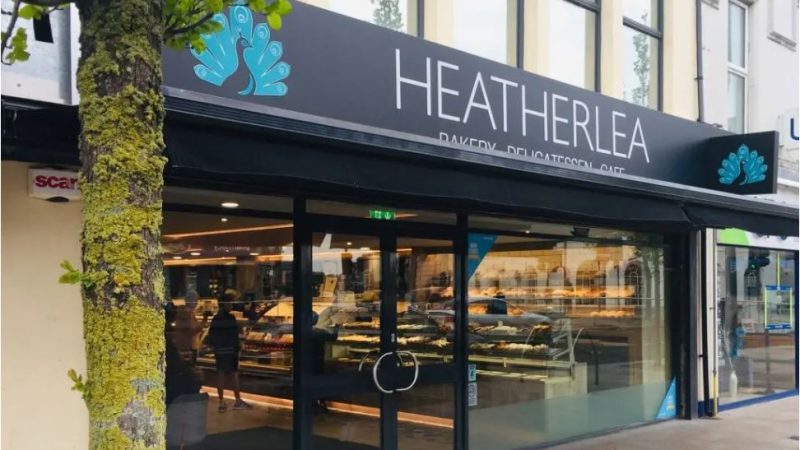NI still leading the UK footfall pack, but progress slows and cost pressures rise

Northern Ireland’s footfall is down in January compared to two years ago, but has seen the shallowest decline in footfall of all UK regions.
Footfall decreased by 9.5% in January (Yo2Y), a 1.3 percentage point improvement on December, but this remains above the UK average decline of 17.1% (Yo2Y), according to Northern Ireland Retail Consortium.
NIRC-Sensormatic IQ data also revealed that shopping centre footfall declined by 27.7% in January (Yo2Y) in Northern Ireland, well below the decline of 19.3% in December.
And in January, footfall in Belfast decreased by 6.3% (Yo2Y), 5.7 percentage points worse than December.
Aodhán Connolly, Northern Ireland Retail Consortium Director, said: “Northern Ireland continues to lead the UK footfall fightback for the fourth month in a row with Northern Ireland’s shop visits being almost 8 percentage points higher than the UK average.
However, the footfall bounce back has slowed, especially in shopping centres which have a had a particularly challenging January. And while Belfast still outstripped Cardiff or Glasgow, the gap between the cities has closed significantly. Last month we predicted that this could happen given the end of the successful of the High Street Card Scheme. But there is more at play here than the end of this scheme.
“Consumers are feeling the pinch of rising energy costs which also fed into the highest BRC Shop Price Inflation since December 2012. January saw shop price inflation nearly double, driven by a sharp rise in non-food inflation where increased prices were due to rising oil costs which made shipping more expensive.
“Food prices have continued to rise, especially domestic produce which have been impacted by poor harvests, labour shortages, and rising global food prices.
“The rise in shop prices is playing into wider UK inflation, which is pushing cost of living to the forefront of the political agenda. Many households will find it difficult to absorb the additional costs, as well as others on the horizon.
“Retailers are working hard to cut costs, but it would be impossible to protect consumers from any future rises. As commodity prices, energy prices and transportation costs continue to rise, it is inevitable that retail prices will continue to follow in the future with a possible knock-on effect on footfall.”
Andy Sumpter, Retail Consultant EMEA for Sensormatic Solutions, said: “While total retail shopper traffic in Northern Ireland improved marginally on December’s figures, footfall’s recovery remains somewhat plateaued. January became the second successive month in which shopper counts struggled to reach the highest recovery levels seen back in November – however Northern Ireland’s footfall recovery performed the most strongly when compared to the rest of the UK nations. Retailers will be hoping continued consumer confidence will put a spring back in to the step of the High Street’s recovery.”
Since the pandemic started, much of retail has bounced between being open and closed, impacting footfall significantly. To make meaningful comparisons to changes in footfall, all 2021 figures are compared to their pre-pandemic levels. This means the Jan/Feb 2022 figures are year-on-two-years (Yo2Y), rather than year-on-year (YoY).
TOTAL FOOTFALL BY REGION (% CHANGE Yo2Y)
| GROWTH RANK | REGION | % GROWTH Yo2Y |
| 1 | Northern Ireland | -9.5% |
| 2 | North West England | -9.8% |
| 3 | South West England | -11.9% |
| 4 | West Midlands | -14.0% |
| 5 | East of England | -14.2% |
| 6 | Yorkshire and the Humber | -14.5% |
| 7 | East Midlands | -14.6% |
| 8 | South East England | -14.6% |
| 9 | Scotland | -16.2% |
| 10 | Wales | -16.9% |
| 11 | North East England | -17.2% |
| 12 | England | -17.4% |
| 13 | London | -28.9% |
TOTAL FOOTFALL BY CITY (% CHANGE Yo2Y)
| GROWTH RANK | CITY | % GROWTH Yo2Y |
| 1 | Belfast | -6.3% |
| 2 | Portsmouth | -7.2% |
| 3 | Manchester | -10.4% |
| 4 | Liverpool | -10.8% |
| 5 | Bristol | -11.3% |
| 6 | Glasgow | -17.6% |
| 7 | Cardiff | -17.8% |
| 8 | Leeds | -17.8% |
| 9 | Nottingham | -17.9% |
| 10 | Birmingham | -21.3% |
| 11 | London | -28.3% |







